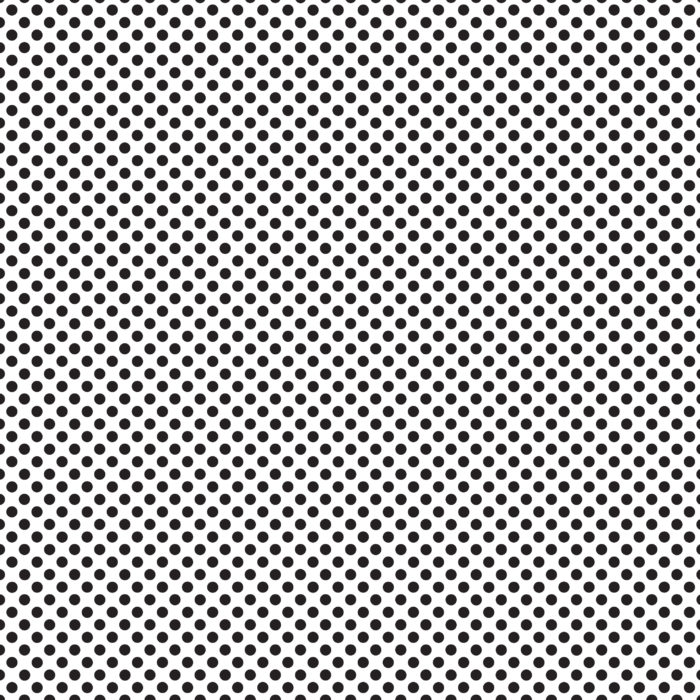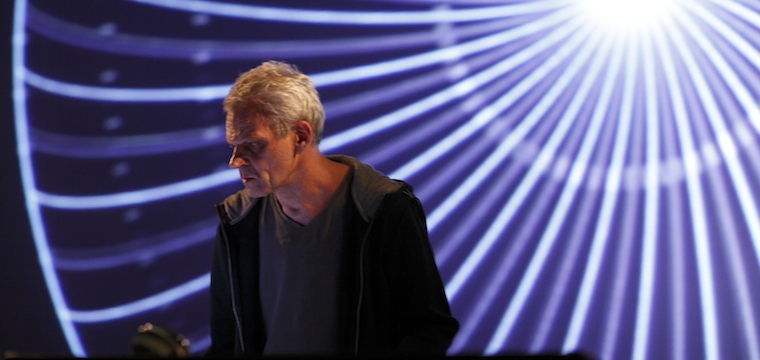Frank Bretschneider, whom I have known previously as Komet, released a number of cleverly constructed glitch beat compositions on the Raster Noton label, elaborate but logical arrangements of clicks and pops similar to labelmates CoH and Alva Noto. It would appear he has ceased to use the Komet alias in the last 6 years, but releases under his given name have continued. “Isolation” is one of two albums from 2015. Its sound is quite different from the output of Komet. There is no rhythm to speak of. The music found here is somewhere between drone and minimal noise. A satisfyingly full and round analog synthesizer tone is present from the moment the album begins, a fat sub bass which should clean out your ear drums and test your speakers. The album opening can actually be quite startling if the volume is up loud.
As minutes pass, the tone bends and slowly modulates, adding and subtracting resonance and white noise. The changes are unhurried, but the sound is never completely static, and I find it easy to listen to. There is only a single tone at a time; I doubt there is any layering. The monophonic nature of the music is not a bad thing, however. It enhances the physical effect of the sound.
The effect of this album is quite physical. There is such a constant presence of uncommonly deep frequencies that It is a literal massage, and vibrates the room. I find it rather soothing, although it might make it difficult to sleep. Ultra-low frequency drone is a style which has only been fully explored in a nearly lost catalogue of limited DIY releases from tiny labels. I am therefore always grateful to come upon it.
This music is interesting to me because it seems largely free of direct emotional expression, containing none of the trappings of openly spiritual or meditation oriented music, focusing instead on providing a tool for the listener, a sound which has a particular physiological effect on the body, but can be used by the listener for whatever purpose they choose. In this regard it is like Coil’s “Time Machines”. The monophonic use of analog synth ensures that the music is detached and maintains an unearthly, gliding movement.
Apparently, the album was actually composed for an art installation at a former German prison in 2012. This is the first time it’s actually been released, however. Heard in this context, I imagine the album would seem significantly more chilling and disturbing.
I loved this album. It is the rare listenable drone album. It has a powerful bodily effect which forcibly alters whatever mindset the listener is in prior to listening. It is devoid of pretense or cliche, and presents instead a physically pleasurable sound.
(musiquemachine.com)
While a Raster-Noton release is usually easy to identify, their individual artists have been difficult to differentiate in the past. Ryoji Ikeda’s informational density, Alva Noto’s finely sculpted distortion, or COH’s tightly hypnotic loops have all emerged with time as the label’s aesthetic has broadened. Frank Bretschneider, one of the labels founders, has been a signature recording artist. As recently as 2013’s Super.Trigger he has worked within the classic sound of the label; clipped, unadorned noise, saw, square and sine waves gridded to varyingly abstract approximations of techno. With Isolation, his second CD on the Line label, he works with a similar set of sounds, but stretches his raw frequencies into thin webs of drone.
The CD’s contents were originally created for an installation at Bautzen II, a former Stasi prison in Eastern Germany, which has held political prisoners as recently as 25 years ago. Seeking to mimic and explore the solitary experience and sensory deprivation of incarceration, the pieces are severe, empty and without resolve. On the abrasively pitched opener “White Light” and more conservative sounding drone piece “Cycle Circle” the pairing of a stable bass note with searing high end successfully mimics the close quarters of a cell; floor and ceiling. With headphones, as recommended by the artist, this does make for a tight, airless listen. On speakers, the acoustic space of a room is curved out starkly, outlining the remaining emptiness.
The finest moments break free from a sense of additive composition. Mobiles of sonic material are suspended, spinning slowly while the listener watches its rotation, revealing parts previously unseen. This is best exemplified on the stunning “Neon Night.”
The CD’s title—Isolation—echoes “Isolationism,” an outdated term to describe ambient music stripped of emotion and consisting of little musical content. The work of Main, Final and Thomas Koner, who all appear on the 1994 collection Ambient 4: Isolationalism, shares much in common with Bretschneider’s Isolation. While the political, historical and social context of the prison must have certainly impacted the initial reception of his these pieces, it is has a different experience outside of the installation.
High frequencies, white noise, and sustained sub bass tones have softened over time, neutralized for most listeners of underground music. The initial audience may have found the unsteady sine waves of “Oscillation Feedback” to carry an unsettling menace, home listeners may find an ascetic comfort. While the extra-musical information suggests a working method attuned to harsh isolation, intended harshness can be easily subsumed by the contemporary listener’s ear.
This observation I doubt is lost on Line, whose commitment to documenting sound installations is in strictly auditory terms, knowing well that sonic art is not sufficiently translatable to disc or any other medium. Documenting aspects of great work in the compromised but beloved CD format seems to be their priority, and in this case they’ve been successful once again.
(igloomag.com)
Presque inaudible (stricto sensu) en écoute simple, cette succession espacée d’infrasons, de bruits blancs, d’effets de masse, de chuintements ou d’aigus persistants, était à l’origine une installation sonore destinée à illustrer les conséquences de la privation sensorielle à laquelle ont été soumis des prisonniers (politiques pour la plupart)
(mcd, magazine de cultures digitales, France)
Composed as part of a 2012 installation at a former East German prison, it should come as no surprise that Isolation is at times an intentionally off-putting, disturbing, and unpleasant piece of music. The prison, housing political prisoners and using more than questionable methods of interrogation, was in operation from 1956 to 1989, and stands as a testament to the darkness that pervaded Eastern Germany during the Cold War. Bretschneider’s work is an attempt to capture the sense of isolation and disorientation caused by the prison in audio form, and it is a resounding success.
Bretschneider utilizes a variety of compositional t


